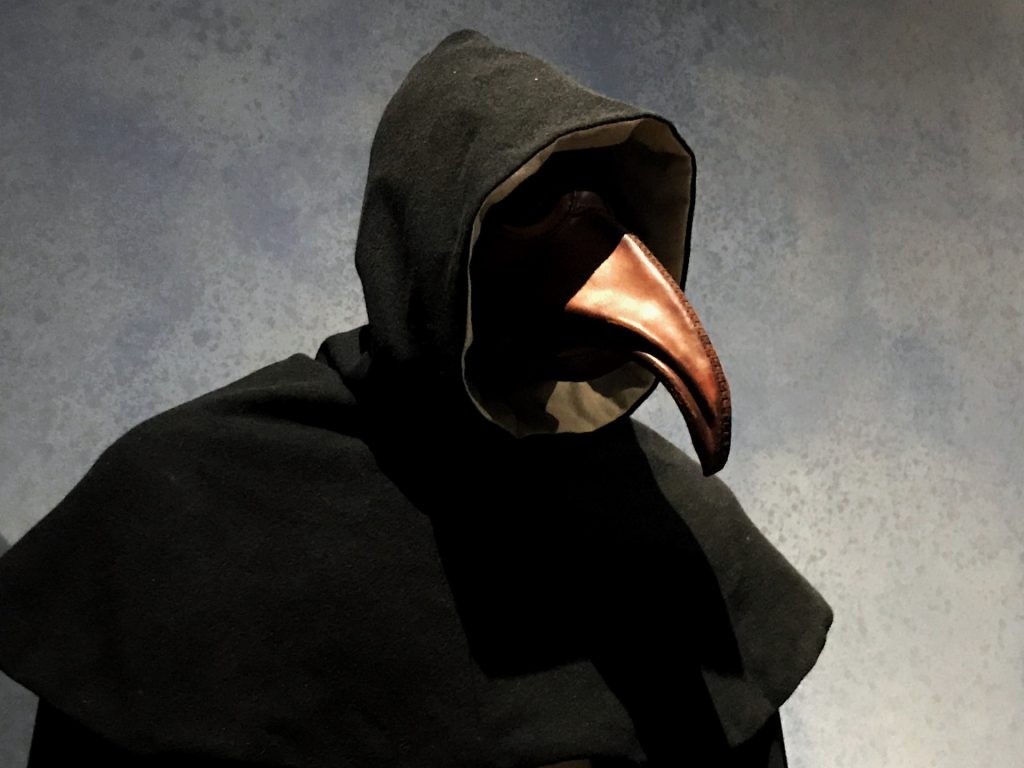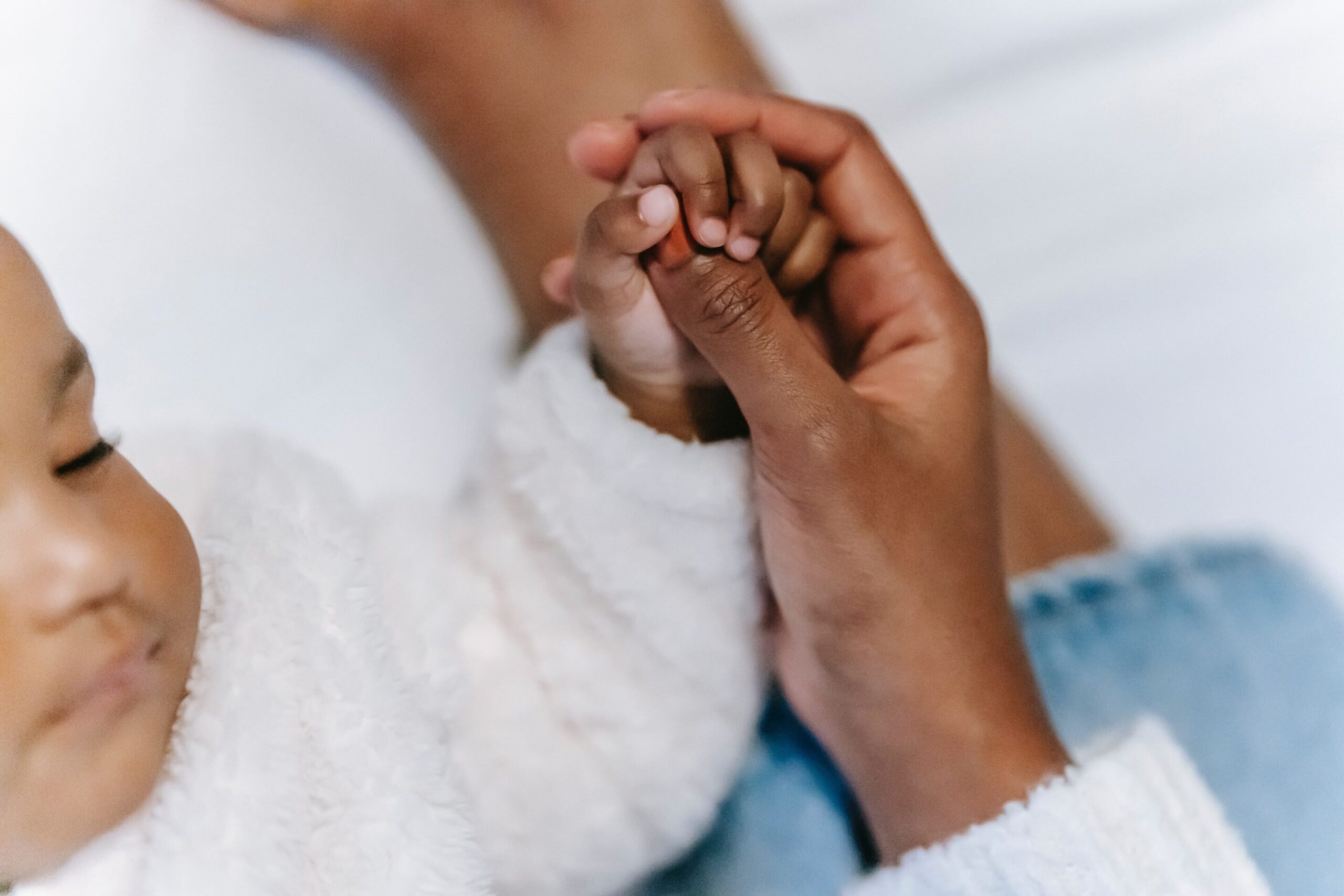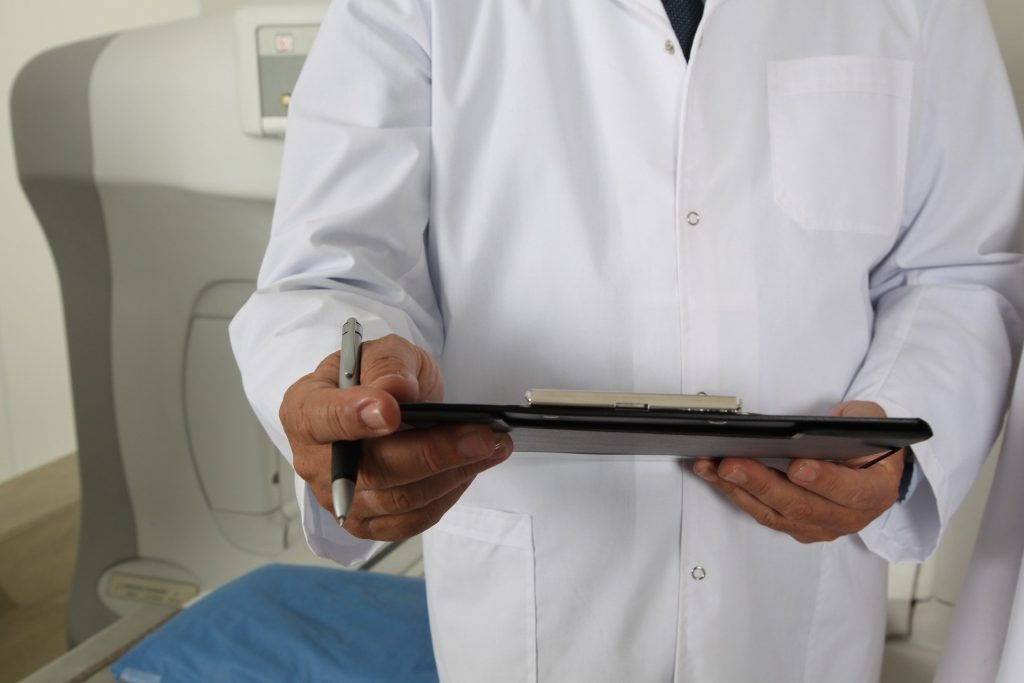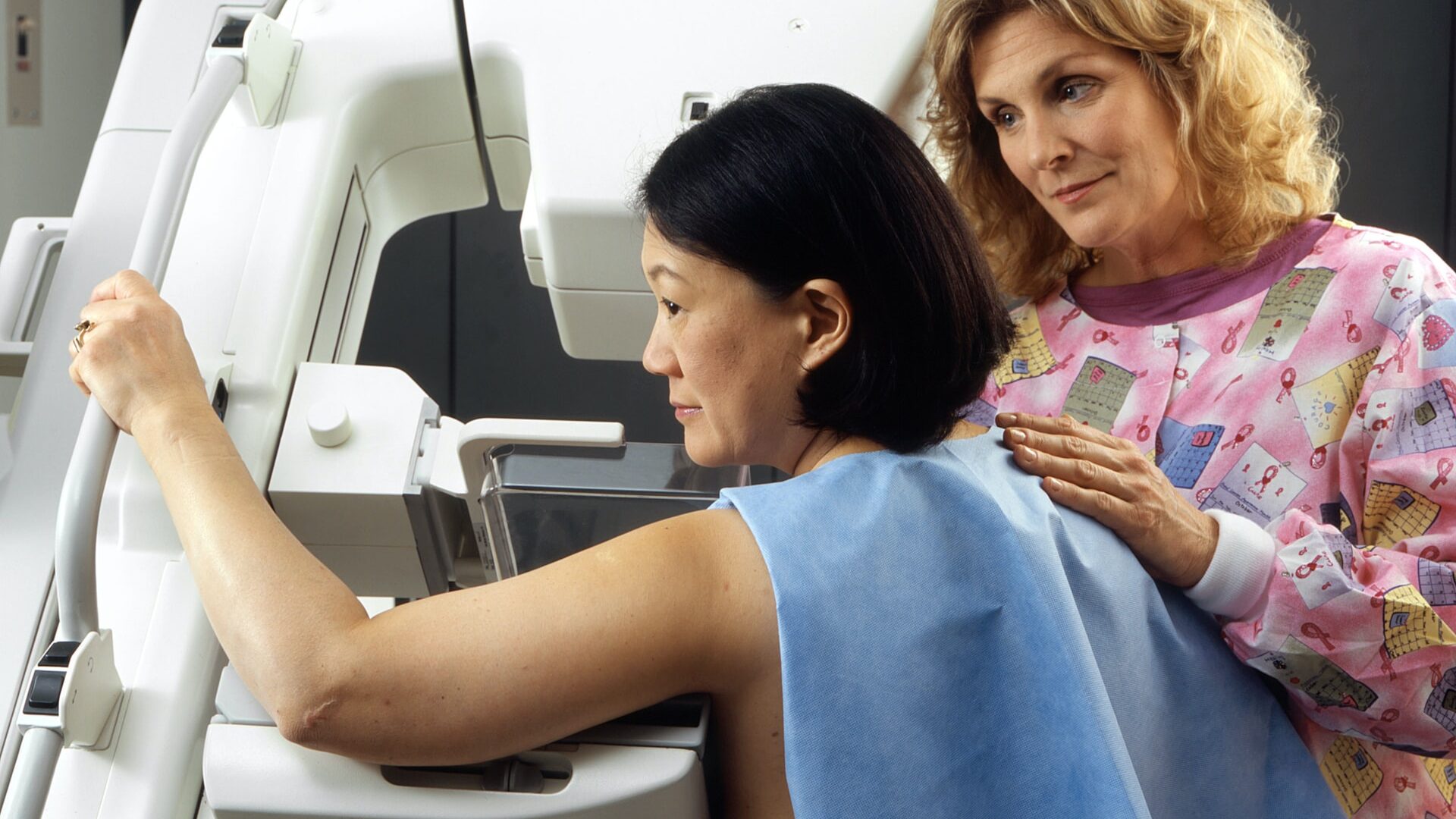Young Boy’s Triumph Over Rare Heart Condition

Hannah Lewis was expecting to learn the sex of her first child at 20 weeks of her pregnancy. Anxious about becoming a mother at just 19, Lewis was thrilled when she learned she was having a boy.
However, with a worried look on her face, her doctor told her that the baby’s organs looked healthy – except for his heart.
The baby was diagnosed with hypoplastic left heart syndrome, or HLHS, a rare condition where the heart’s left side is underdeveloped, doubling the workload for the right side. Days later, doctors at a children’s hospital in Nashville, Tennessee, confirmed the diagnosis.
But Lewis said her faith gave her the strength to believe she was meant to raise this child as a single mother, as well as her own experiences being raised by a single mother herself.
The rest of the pregnancy was filled with checkups and tests but remained uneventful. Then, at 37 weeks, doctors realised he was developing foetal hydrops, a life-threatening condition in which an abnormal amount of fluid accumulates in the tissue around the lungs, heart or abdomen, or under the skin.
Even in shock from induced labour followed by a caesarean, she remembers hearing her son’s first cries:
“They let me see him for just a second,” she said. “I loved him at first sight obviously, but I was super scared because they took him directly to the heart cath lab and for like 12 hours, we didn’t know what was going on. I was very sick so they wouldn’t let me go see him.”
She named him Bennett after learning the moniker means “God’s gift of hope” or “little blessed one”.
“It was so fitting for what he was about to face,” Lewis said.
HLHS is usually treated with either three different surgeries at certain stages of development or a heart transplant.
Because of the complications introduced by foetal hydrops, Bennett Sayles was 6 days old when he underwent his first open-heart surgery. Although the procedure went well, Bennett remained in critical condition on a ventilator. Then, when he was 2 months old, he had a stroke.
After three open-heart surgeries, 9 month old Bennett had stabilised enough to go home. But shortly before he was discharged, he went into cardiac arrest, and was without a heartbeat for six minutes.
“Then, out of nowhere, his heartbeat came back and it was strong,” Lewis said.
Two weeks later, days before his first Christmas, Bennett went home for the first time. After he turned 2, Bennett underwent the second HLHS surgery, which didn’t work and days later, he needed a fifth open-heart surgery.
Some weeks later he went home, but in hours, Bennett was back in the emergency room with staph infection in his chest. However, Bennett made it home again in time for Christmas. And ever since that series of setbacks, things have improved for him.
“His mental capacity is anywhere from 3 to 5 years old, but he’s got this amazing personality,” Lewis said. “He’s just got such a caring heart. When he’s in the room, he really does light it up and he changes the way you see things. I’m inspired every day because of how amazing he is and he doesn’t let anything hold him back or stop him.”
Two years ago, Bennett’s doctors determined that he would never be a candidate for the other surgeries needed to treat HLHS. He could, however, become eligible for a heart transplant.
“It’s debatable whether he’ll get there, but having known Bennett for the last nine years is not surprising at all that he has progressed to this point,” said Dr. Gerald Johnson, the boy’s paediatric cardiologist. “One of the beauties of working with kids is that they fight and they work to get better, and they work through things in ways that we as adults don’t necessarily do. Bennett’s been a particular fighter on that score and his mother is very proactive and in tune with his needs.”
Raising Bennett has taught Lewis and her family to focus on the present. “We don’t know what’s in store for Bennett,” Lewis said. “He could live his whole life like this or we can have him just a few more years. We love every minute we get to have with him.”
Source: American Heart Association










